
It’s not every ten years that a generation upends the role of religion. And yet here we are following a decade of news stories about the “increasing number of the nones,” new data indicates Gen-Z church attenders are now more committed in church attendance than their parents and grandparents. The Barna Group’s recent discovery ratifies what history has been foreshadowing all along American secularization has a tendency to be succeeded by revival. And this time, the movement looks characteristically charismatic, Catholic, and culturally conservative.
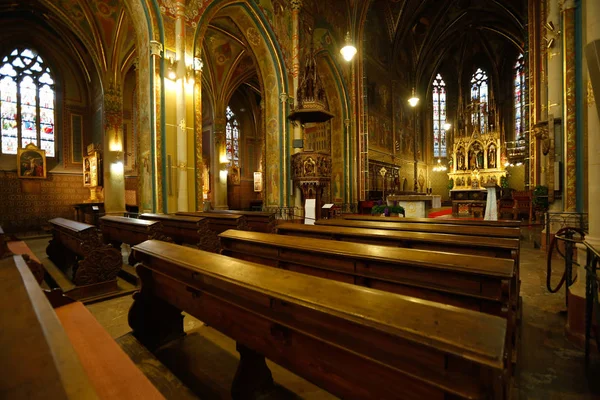
1. The Revival Pattern America Can’t Shake
From the First Great Awakening of the 1730s to the evangelical revival of the 1970s, each great decline in American religiosity has been accompanied by a spiritual bounce-back. Each revival did not merely replenish faith each redefined it. Puritan orthodoxy was replaced by evangelicalism, Calvinism by Arminianism, and mainline Protestant predominance by charismatic enthusiasm. Today’s Gen-Z wave follows the pattern but with a twist a mix of worldwide Pentecostal vitality and a surprising Catholic renaissance.
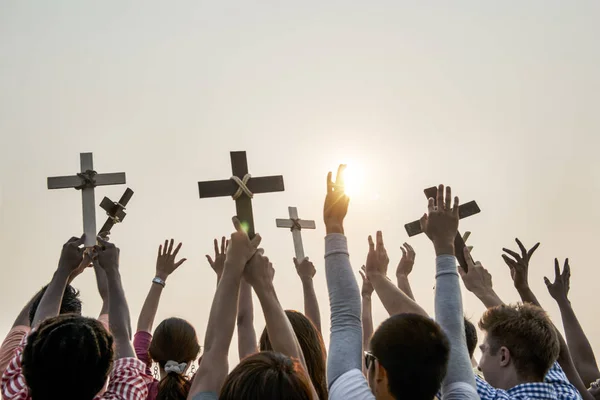
2. Charismatic Fire Meets Catholic Roots
Fifty percent of all Gen-Z and millennial church attenders now worship at charismatic churches. Around the world, Pentecostal and charismatic Christianity has been explosive for decades, so it was only a matter of time until U.S. trends followed. The Catholic aspect of the revival is even more dramatic a Harvard study reported that the percentage of Gen-Z who identify as Catholic increased from 15% in 2022 to 21% in 2023 a 40% spike within one year. Baptisms among 18- to 25-year-olds have increased more than four times in four years in France, a “Quiet Revival” that is repeated in Belgium, Ireland, and London.

3. A Conservative Shift in the Culture Wars
Gen-Z Christians are trending right on contentious issues. Polls indicate charismatic young believers are more likely than evangelical counterparts to support laws limiting gender-affirming care and LGBTQ+ rights. Young Catholic priests are the most theologically conservative since the early 1960s, and converts tend to hold that position. This trend contradicts previous predictions that younger Christians would be progressively more liberal than their parents.
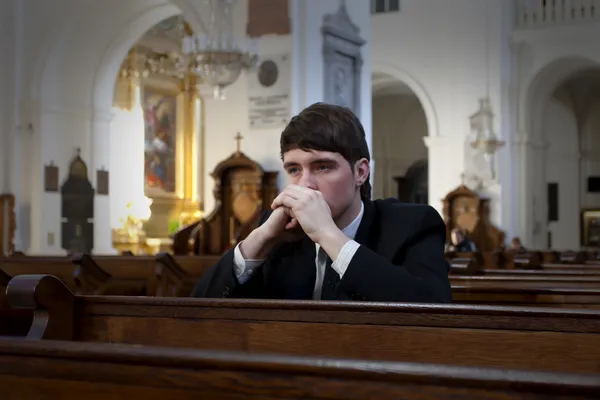
4. The First Male-Dominated Generation in the Pews
For the first time in the history of America, men exceed women among the youngest adult church-attending group. This trend is consonant with overall political polarization college-aged women are going liberal while men are going conservative. Clergy such as Abbot Hugh Allan say some young men are looking for “another way to be a good man” beyond the “toxic masculinity” so routinely teased out online, discovering in traditional faith a sense of order, history, and moral clarity.

5. COVID-19 as a Spiritual Catalyst
When asked about the most significant event of their lives, many Gen-Zers point to COVID not political upheavals or tech revolutions. Pandemic isolation hit them in formative years, leaving deep social and emotional scars. According to the Healthy Minds Study, 78% of college students now say they need help for emotional or mental health struggles. Therapy offers support, but for many, it can’t replace the community and transcendence they find in church.

6. Social Media as the New Mission Field
In Europe, Catholic influencers such as Sister Albertine who has more than half a million combined followers on Instagram and TikTok are bringing faith to light and within reach. “There’s God’s sense of humor there too. God is in the algorithm,” she says. Her video in which she prayed during exams has 2.3 million views, and she’s among a Vatican-recognized wave of “digital missionaries” engaging peers in their own language and platforms.
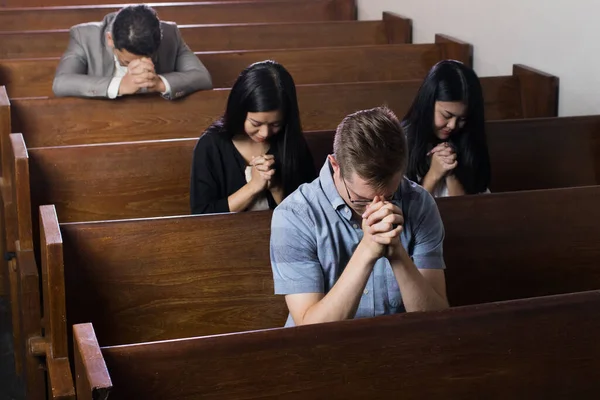
7. The Minority Advantage
Despite this resurgence, Christianity is a minority option among Gen-Z 24% are weekly attendees, but 53% never attend. This minority position might actually drive its popularity. As Tim Keller used to point out, America is simultaneously becoming more religious and less religious. For young Christians, faith is countercultural but nevertheless socially compatible, providing both identity and a sense of besieged purpose.
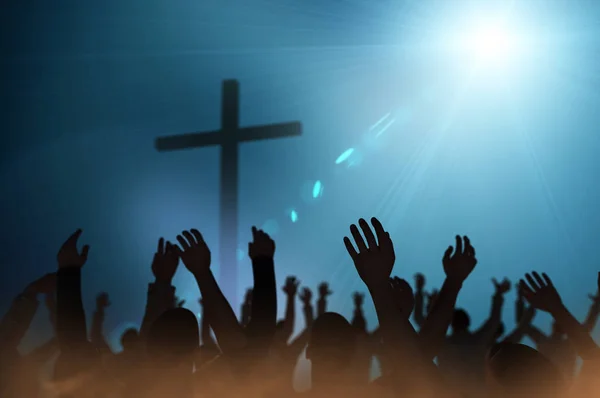
8. The Global Echo
America is not singular in this generation transition. Globalized Pentecostalism’s ascension is shaping American worship, music, and theology. In Catholicism, young energy overseas is reflected across American dioceses, as traditional masses and traditional teachings are attracting new members. This cross-pollination indicates the Gen-Z revival is an element of a wider, global reordering of Christianity.
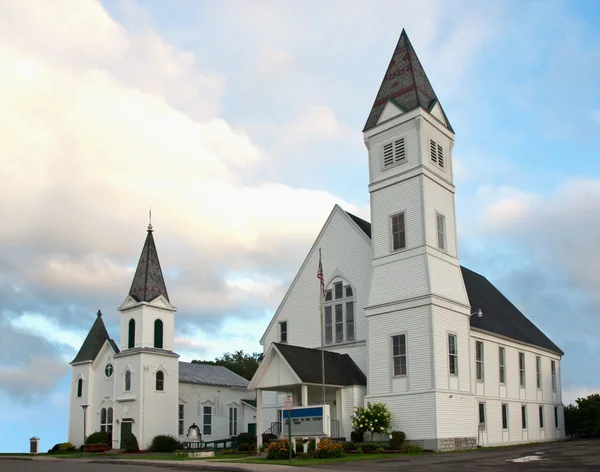
9. What’s Next for the American Church
If current trends continue, mainline Protestantism will dwindle to a marginal force, and non-charismatic evangelicalism will decline. Conservative Catholics and Pentecostal/charismatic Protestants will dominate the Christian Right of the late 2020s and later, with class and ethnic divisions determining in which tradition appeals best. The culture wars aren’t disappearing; they’re just acquiring new commanders.
As history has proved, revivals don’t bring back the past revivals re-imagine faith for a fresh time. For Gen-Z, that re-imagination is taking place right now, hammered out in the fire of pandemic trauma, a digital culture, and a desire for belief in an uncertain age.


